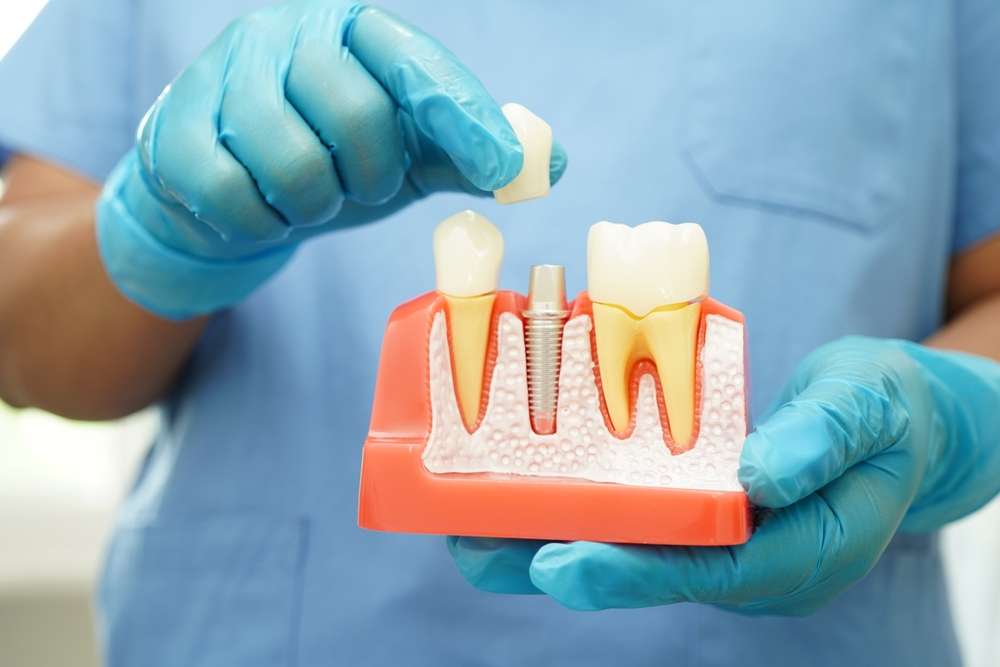Discover the Future of Dental Implants. Screwless Solutions for Everyone ?
Dental implants have long been a reliable solution for replacing missing teeth, offering a permanent and natural-looking alternative to dentures or bridges. As technology advances, new innovations are emerging in the field of dental implantology. One such development is the concept of screwless dental implants, which aim to simplify the implant process and potentially improve patient outcomes. This article explores the world of screwless dental implants, their potential benefits, and how they compare to traditional methods.

What Are Screwless Dental Implants?
Screwless dental implants represent an innovative approach to tooth replacement that differs from conventional implant systems. Unlike traditional implants that use screws to secure the prosthetic tooth to the implant post, screwless implants utilize alternative attachment methods. These systems often employ friction-fit or press-fit technology, where the crown is securely attached to the implant body without the need for additional screws or abutments.
How Do Screwless Implants Work?
The functionality of screwless implants revolves around their unique design and installation process. Typically, a specially shaped implant is placed into the jawbone, much like traditional implants. However, the top of the implant is designed to receive a custom-made crown that can be securely attached without screws. This attachment may rely on precisely engineered surfaces that create a strong bond when pressed together, or it may use other innovative locking mechanisms.
The Key Benefits of Screwless Dental Implants
Screwless dental implants offer several potential advantages over traditional screw-retained systems:
-
Simplified procedure: The elimination of screws can make the implant process less complex, potentially reducing chair time and the number of components needed.
-
Improved aesthetics: Without visible screw access holes, screwless implants may provide a more natural appearance, especially for front teeth.
-
Easier maintenance: The absence of screw access channels can make cleaning and maintaining the implant easier for patients.
-
Reduced risk of complications: Eliminating screws may decrease the risk of loosening or breakage of small components over time.
Comparing Screwless and Traditional Dental Implants
While screwless implants offer certain benefits, it’s important to compare them objectively with traditional implant systems:
| Feature | Screwless Implants | Traditional Screw-Retained Implants |
|---|---|---|
| Attachment Method | Friction-fit or press-fit | Screw-retained |
| Complexity of Procedure | Generally simpler | More components involved |
| Aesthetics | No visible screw access | May have visible access holes |
| Retrievability | Can be more challenging | Easier to remove if needed |
| Long-term track record | Relatively new technology | Well-established, long-term data available |
| Cost | Varies by provider and region | Varies by provider and region |
Prices, rates, or cost estimates mentioned in this article are based on the latest available information but may change over time. Independent research is advised before making financial decisions.
Screwless Implant Procedure
The procedure for placing screwless dental implants typically involves the following steps:
-
Consultation and planning: The dentist assesses the patient’s oral health and determines if they are a suitable candidate for screwless implants.
-
Preparation: If necessary, any preparatory procedures such as bone grafting are performed.
-
Implant placement: The implant is surgically inserted into the jawbone, similar to traditional implants.
-
Healing period: The implant is allowed to integrate with the bone over several weeks or months.
-
Crown attachment: Once healing is complete, a custom-made crown is securely attached to the implant using the screwless technology.
-
Follow-up care: Regular check-ups ensure the implant remains secure and functional.
While screwless dental implants present an intriguing development in dental technology, it’s important to note that they are still a relatively new innovation. Long-term studies are ongoing to fully evaluate their performance and durability compared to traditional implant systems. Patients considering dental implants should consult with a qualified dental professional to determine the most appropriate solution for their individual needs.
As with any dental procedure, the success of screwless implants depends on various factors, including the patient’s overall health, bone quality, and adherence to proper oral hygiene practices. While these new implant designs show promise, they may not be suitable for every patient or situation. The field of dental implantology continues to evolve, and screwless implants represent one of many ongoing efforts to improve patient outcomes and simplify dental restoration procedures.
This article is for informational purposes only and should not be considered medical advice. Please consult a qualified healthcare professional for personalized guidance and treatment.




